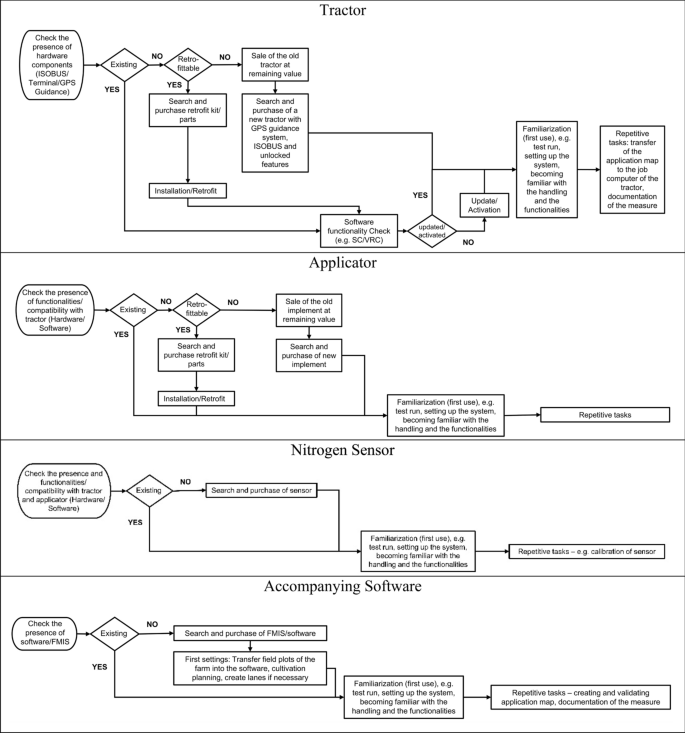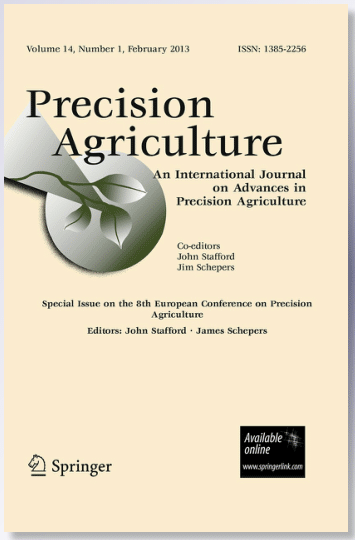The digitization of agriculture is widely discussed today. But despite proven benefits, its acceptance in agricultural practice remains low. In small-structured areas, this trend is even more pronounced. There are even known cases where farmers initially purchased and used technology, but then stopped using it due to lack of profitability or other reasons. Interestingly, despite extensive research on precision agriculture technologies (PATs), the processes of adoption and phase-out with their associated economic impacts have never been studied. This paper provides a methodological framework for evaluating the economics of PAT deployment, taking into account changes during the period of use; the framework provides decision rules for determining the appropriate time to phase out technology. Using a selected PAT, a farm model, and defined entry and exit scenarios, it was shown that farms with outdated technology and farms with retrofittable technology are at a significant economic disadvantage during implementation compared to farms already using technology suitable for site-specific fertilization or farms relying on the use of a contractor. And even in the event of a phase-out, the two disadvantaged starting conditions face significantly greater uncertainties and costs. Moreover, the decision to phase out in time is difficult, as making an informed and fact-based decision is not possible after the first year of use. Therefore, it is advisable that farmers are not only accompanied before and during phase-in, but also receive professional support during use.



